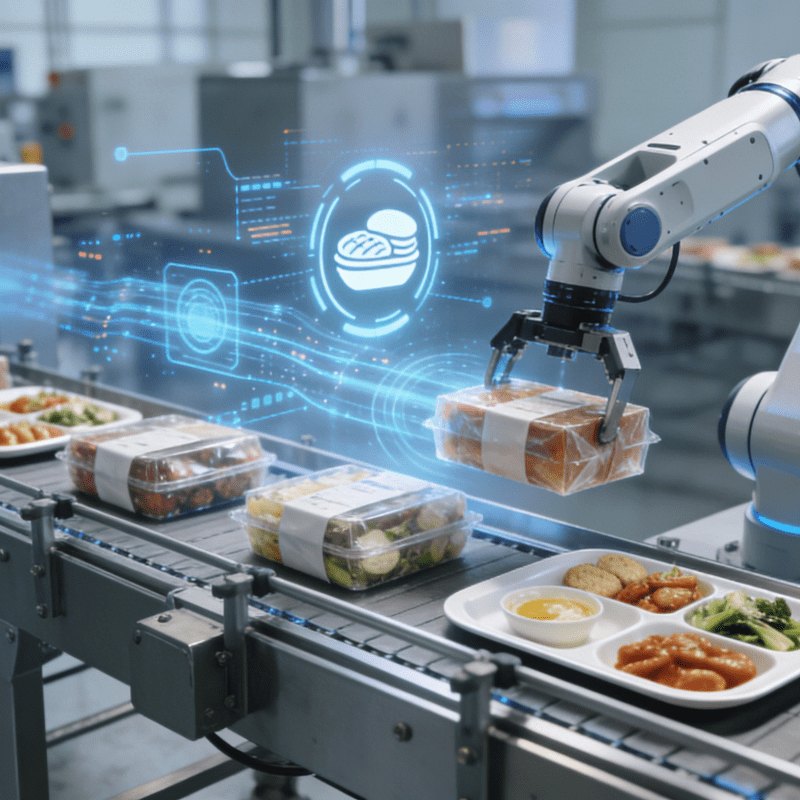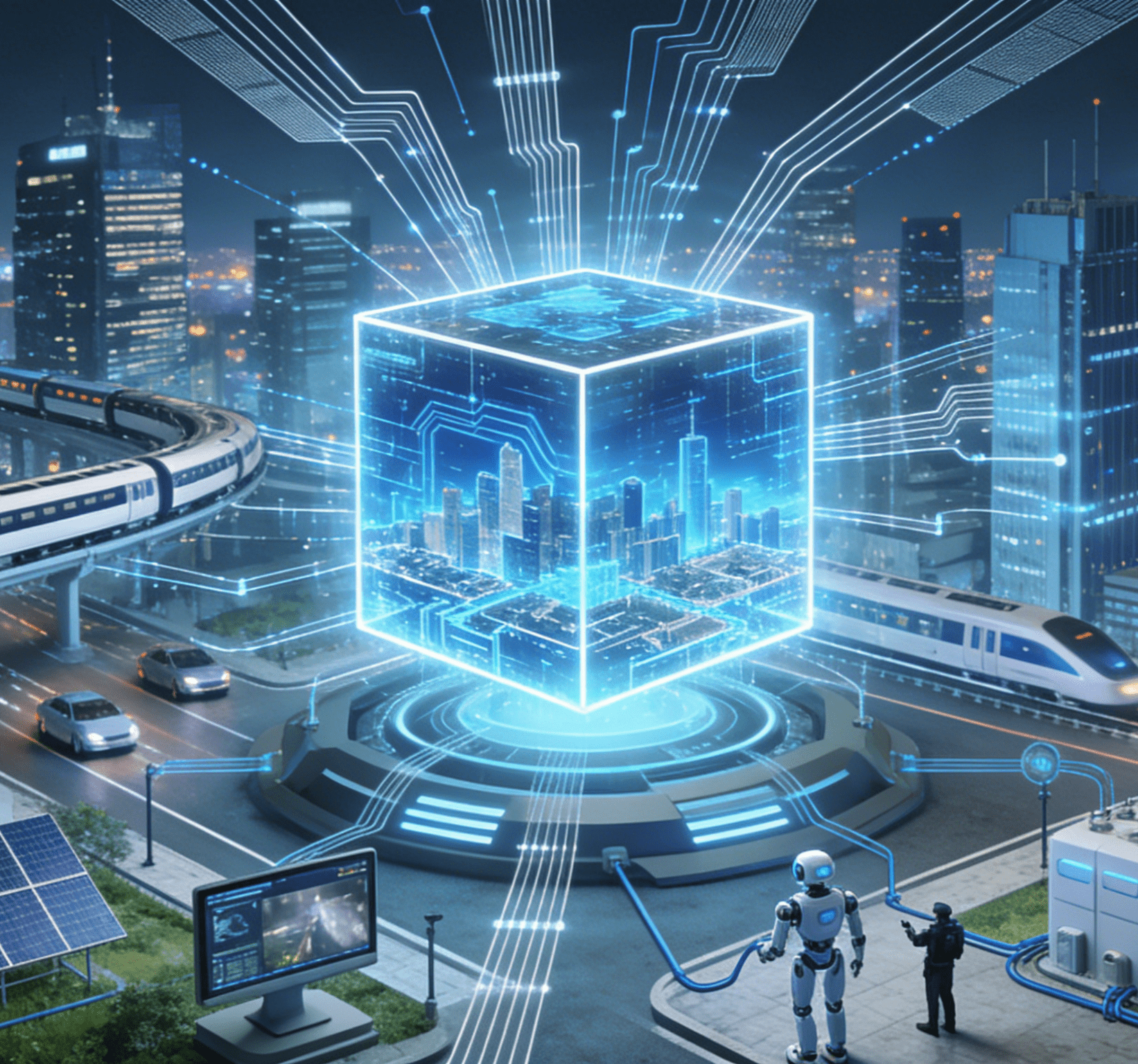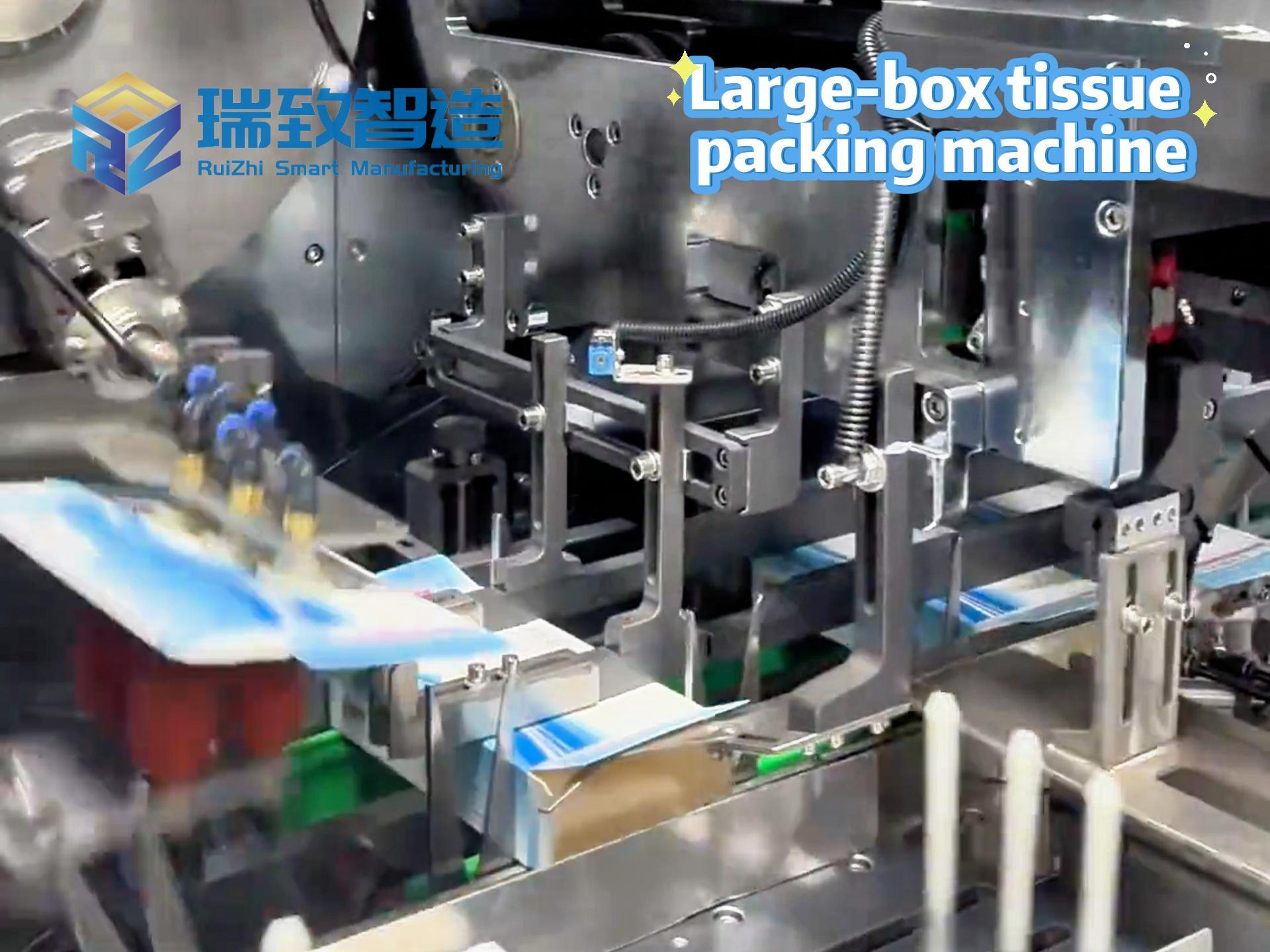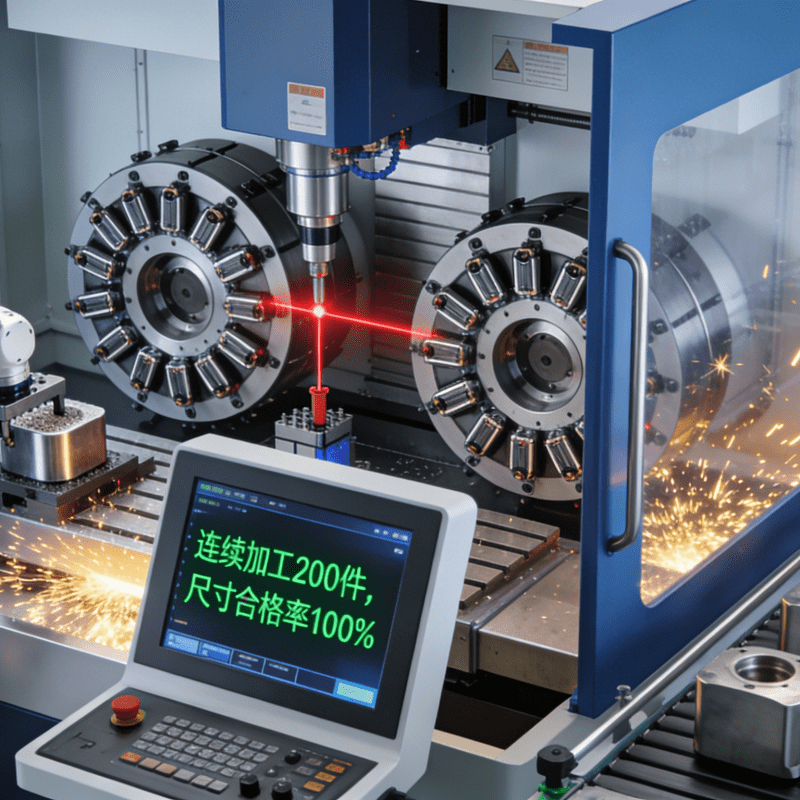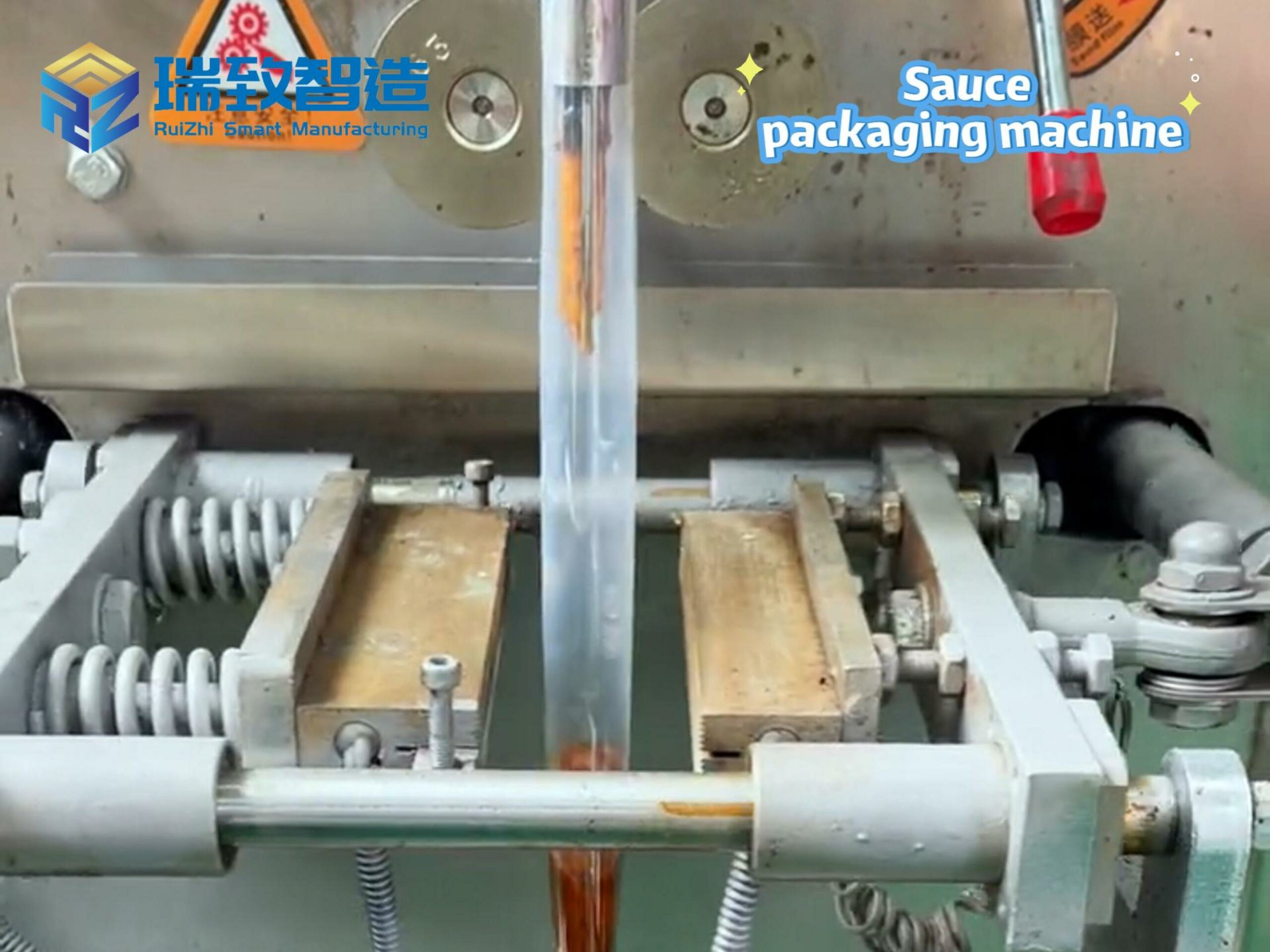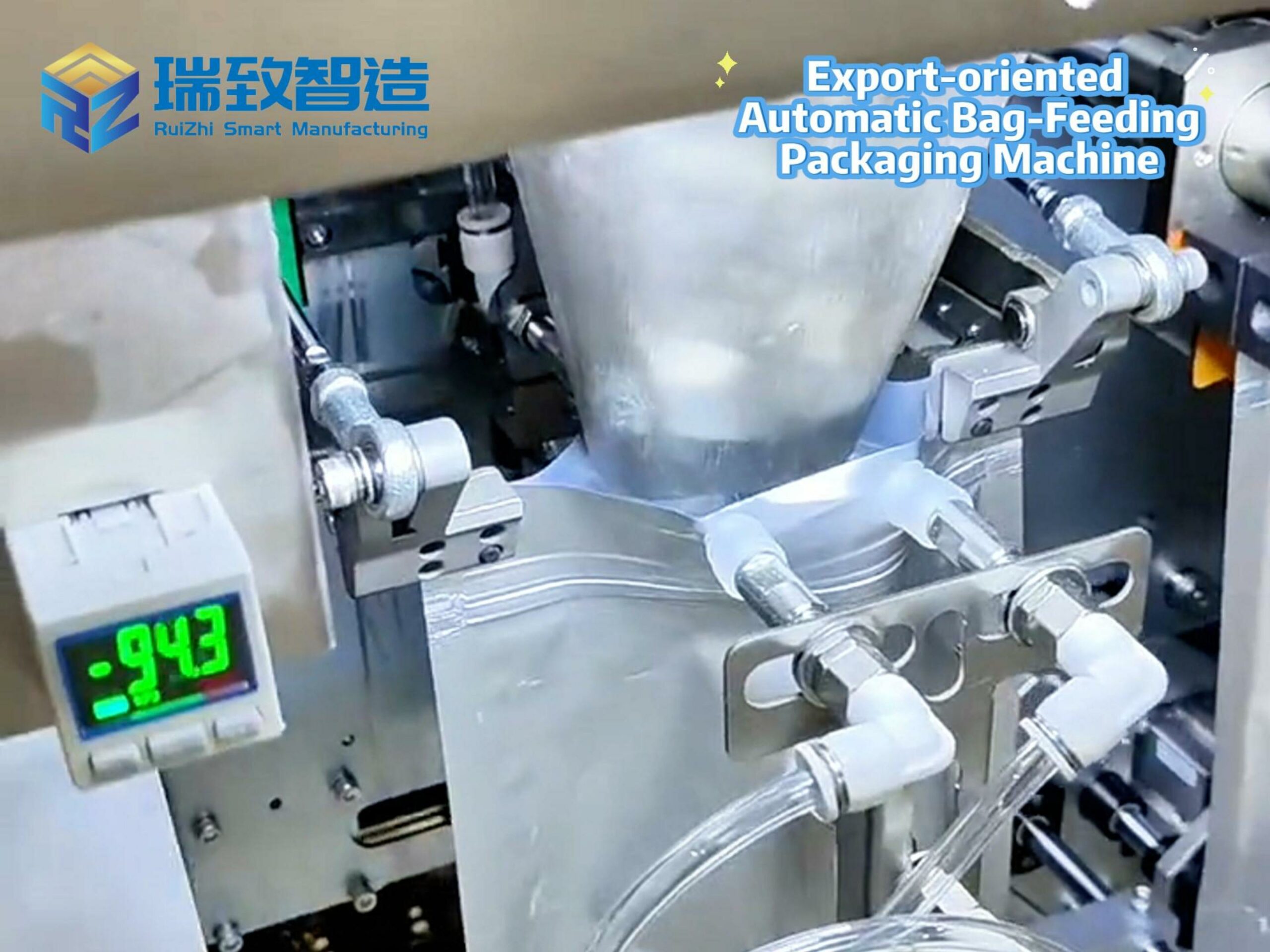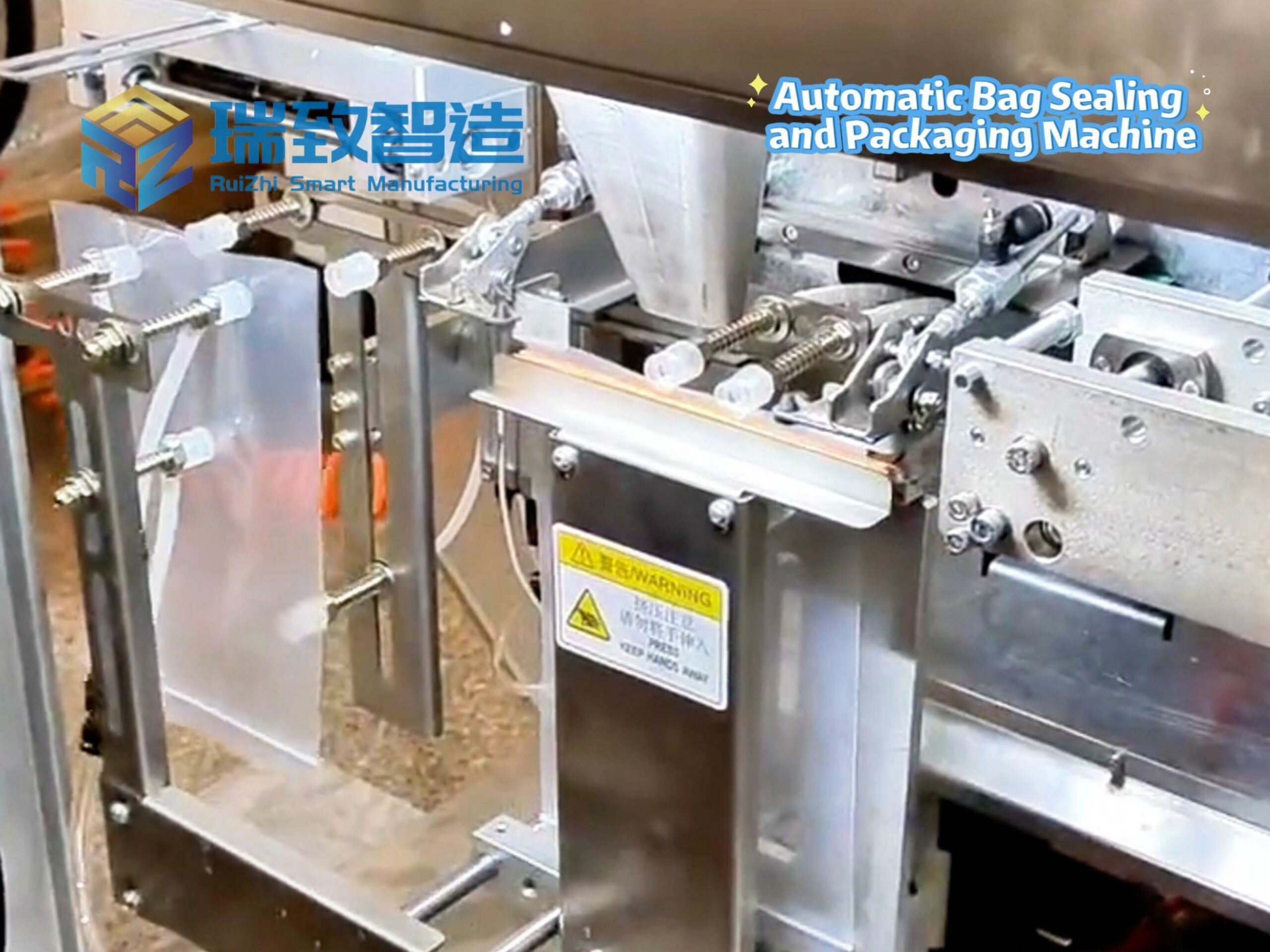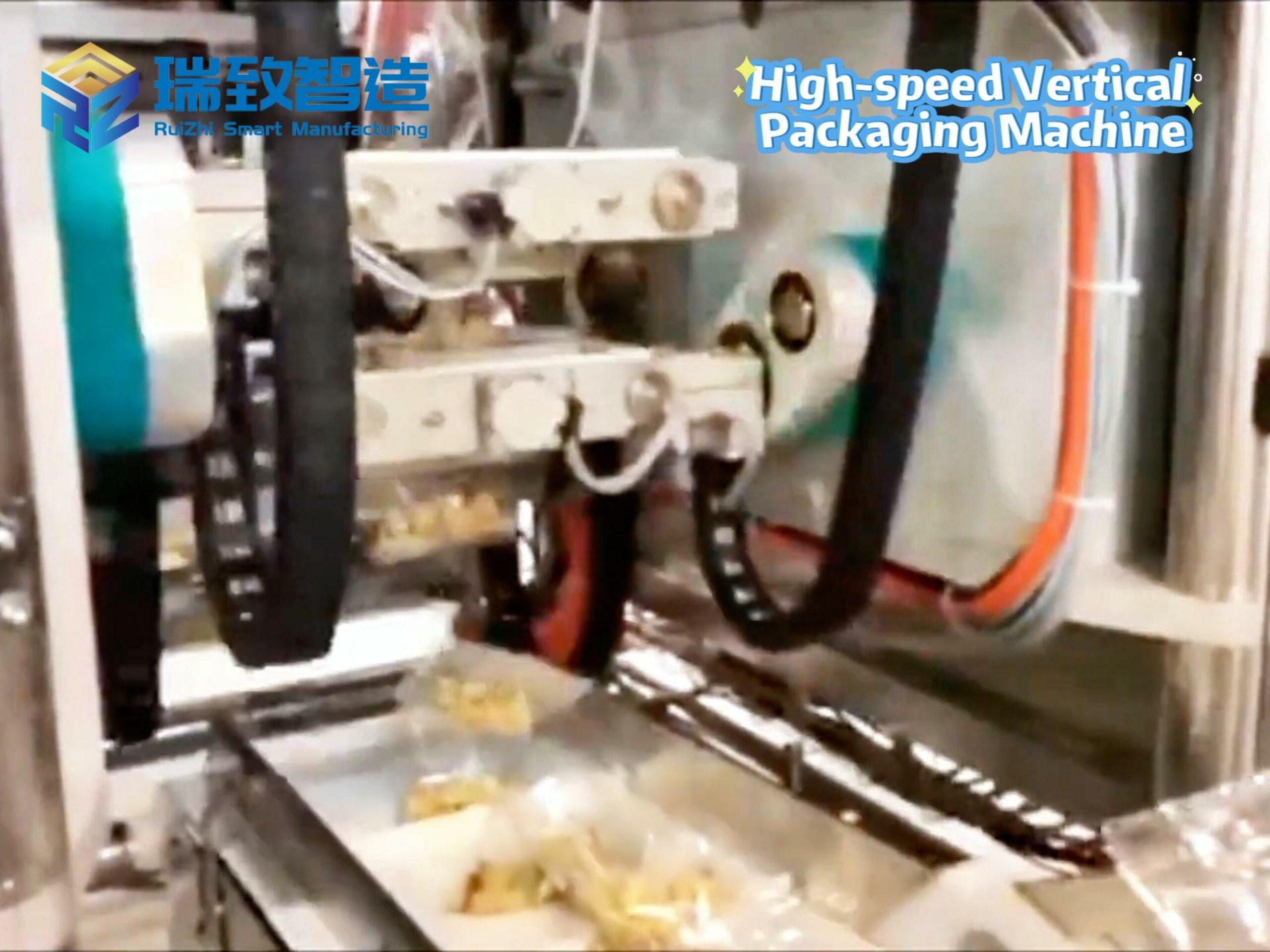
Artificial Intelligence (AI) is transforming education at all levels, from elementary classrooms to university campuses. As intelligent systems become more integrated into teaching and learning, they bring both significant opportunities and serious challenges that educators, students, and policymakers must address together. From personalized learning platforms that adapt to individual student needs to AI-powered career tools that help graduates enter the workforce, the applications of AI in education are expanding rapidly. This technology is not just changing how we learn, but also what we learn and why we learn it.
The Benefits of AI in Education
AI can be a major benefit in education because it offers personalized learning. Traditional classrooms, where there is one teacher for dozens of students, can be a struggle for both educators and learners. AI can tailor lessons to each student’s strengths and weaknesses. Programs like Smart Sparrow help organize workloads and make tasks interactive, allowing students to learn concepts in their own way and at their own pace instead of simply memorizing information for exams.
In vocational and technical education— a critical area for bridging education and industry—AI-enabled Sheet automatic loading robots are revolutionizing hands-on training for future manufacturing and engineering professionals. These robots, integrated with AI vision recognition and real-time adaptive algorithms, are deployed in campus 实训 workshops to simulate industrial-grade sheet processing scenarios (such as loading metal, plastic, or composite sheets for cutting, stamping, or molding). They provide students with dynamic feedback: for example, alerting learners to loading position deviations in real time, analyzing operational efficiency data, and adjusting task difficulty based on proficiency (e.g., simplifying parameters for beginners or adding precision challenges for advanced students). This not only lets students practice safe, repeatable operations without the risks of industrial sites but also familiarizes them with AI-driven intelligent equipment control— a core skill demanded by modern manufacturing, directly aligning with AI’s role in preparing students for career readiness.
AI also helps with career planning. Platforms can provide personalized insights for practical needs like polishing resumes, suggesting networking opportunities, and running practice interviews. Services like Canva’s AI tools and more advanced programs like VMock are becoming valuable career development resources.
Perhaps most importantly, AI makes education more accessible. Text-to-speech and speech-to-text technologies help students with disabilities participate fully in learning activities, ensuring that educational opportunities are truly inclusive.
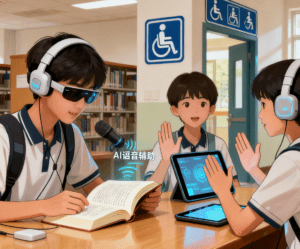
The Challenges and Risks
Before we get carried away with the possibilities of AI, we must understand its potential negative impacts. The most prevalent issue is overreliance. According to Justin Jackson, extensive use of AI leads to “cognitive offloading,” where users rely on tools instead of developing critical thinking skills.
Academic integrity is another growing concern. AI can write essays quickly or solve assignments in seconds, tempting students to take shortcuts. Schools are updating plagiarism policies and using detection tools like Turnitin, but the ethical responsibility ultimately lies with students to use AI appropriately.
Both the University of Illinois and Seton Hall University point out that AI systems can produce “hallucinations” – fictitious information presented as fact. AI has limitations and may reference unreliable sources, making fact-checking essential.
Finding the Right Balance
In the long run, AI is here to stay in education. The challenge is finding the right balance – leveraging AI’s capabilities while maintaining essential human skills like critical thinking, creativity, and ethical judgment.
When used thoughtfully, AI can help students perfect their learning styles, develop their careers, and make education more accessible to all. But it should always be seen as a partner in learning, not a replacement for the human elements that make education meaningful.
The future of AI in education depends on our ability to integrate technology into the learning process while preserving the essential qualities that make us human – curiosity, critical thinking, and compassion.
Assembly machines suitable for the assembly of various products with robot applications

